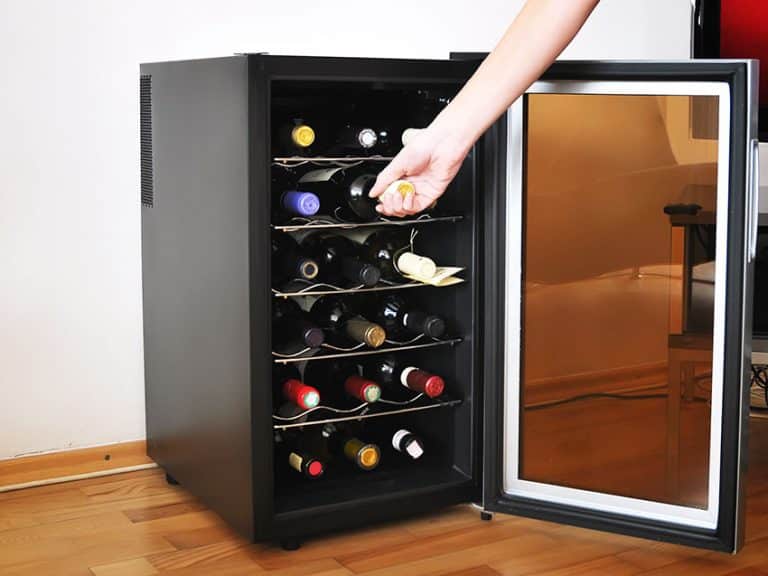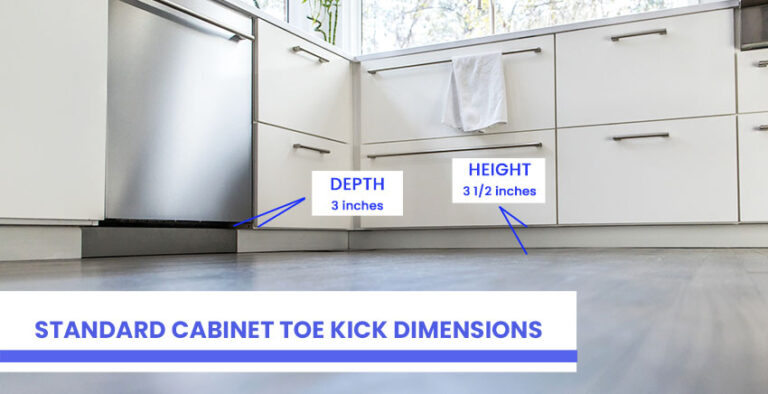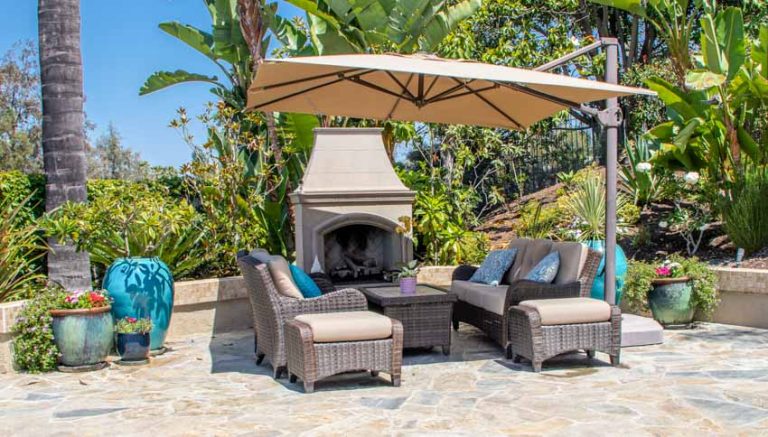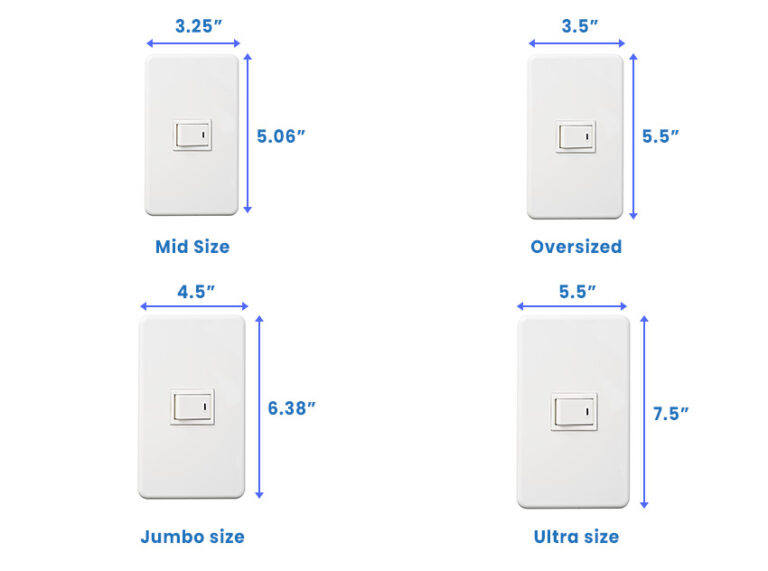Deck Sizes (Dimensions Guide)
Here’s our deck sizes dimensions guide, including different parts needed to jump-start your backyard decking project.

Having a deck can give homeowners extra space to entertain guests, relax, and enjoy the outdoors. Homeowners could even use the structure as an informal dining table in the absence of a breakfast nook; there’s also a lot of fun to be had by dining al fresco.
Here, we share with you the basic deck sizes for your DIY project.
Average Deck Size and Square Footage
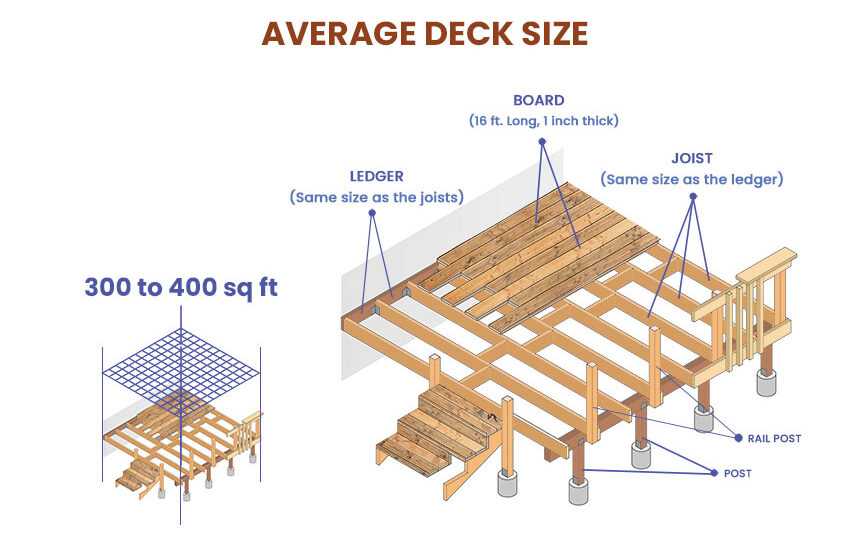
When building a deck, it’s essential to keep it proportionate to the size of the homeowner’s house. Usually, the average deck size is 300 to 400 square feet, and that’s for a bigger house. An agreed-upon rule is that the structure shouldn’t be bigger than the largest room inside the house.
Deck Ledger Board Size
There are two categories in which decks are built. First is a self-supporting freestanding deck, with the entire weight being supported by posts and frames installed separately from the house. The other is attached desks that are secured on the house’s structure by ledger boards.
A ledger board essentially holds up the whole wooden structure. It is attached to the main walls of the house to keep the would-be-constructed platform secure.
For the most part, the ledger board should be the same size as the joists the homeowners are planning to install.
Deck Area Board Size

The right board size must be considered before homeowners are ready to build their deck. It’s important to know that length and thickness differ with your decking board’s type and price.
The most common deck board size is 16ft with a 1-inch thickness, and weighs about 1.59 pounds. This type of board is commonly referred to as 5/4 decking.
However, you can also find decking boards in 20ft and 24 ft. lengths. The more susceptible the board is to rot, and the more upkeep it needs, the cheaper it will be.
Wood, pressure-treated wood, and red cedar are examples of board materials that are easily affected by environmental factors if no intervention is done, such as humidity that could cause molds or UV rays that could bleach the wood. These types of decking boards are cheaper.
On the other hand, there are composite decking, PVC plastic Boards, and aluminum boards. These types of boards are more expensive for reasons.
Unlike most wooden boards, these are industrially manufactured and could be as long as 20 feet for a single panel. They are less susceptible to molds and bleaching from certain environmental factors.
Deck Board Lengths
Board lengths differ with the size of the homeowner’s deck project. The board should run the entire length of your project’s floor plan as much as possible.
Luckily, many home centers sell more extended sizes up to 16-ft. You can even have boards up to 24-ft long, but they come with a price. The usual board sizes available are 6ft, 12ft, 16t, and 20ft.
Using full-length boards ensures that the panels fit perfectly with the joists, and when the boards are secured, the risk of rotting, splintering, and swelling can be avoided.
Decking Board Thickness
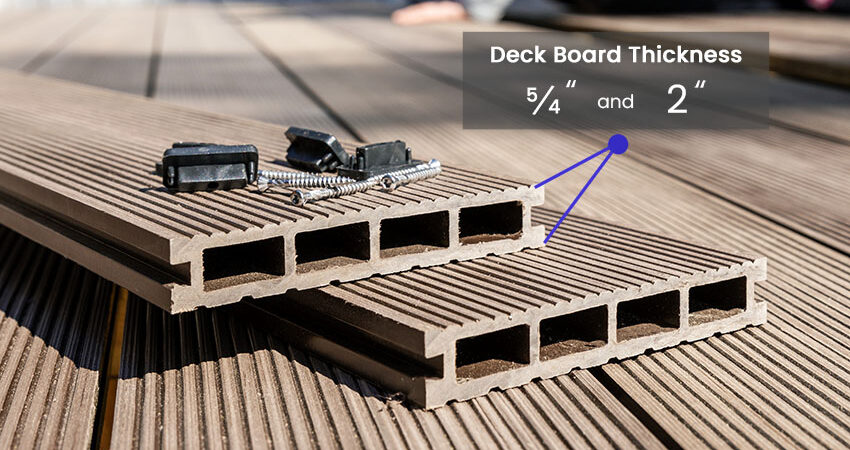
Thickness is important in determining the durability of your wooden platform. The boards should support the weight of the people enjoying the deck and keep people from falling through the joists. The boards’ thickness should also be wide enough to have a solid feel as you walk; creaking is inevitable if the board is too thin.
The thickness of the deck board, on average, should be about 5/4″ and 2″. Homeowners can use thicker boards if preferred. Still, increased weight affects the structure, and ultimately, more materials will be needed to support the wider boards.
Deck Beam Sizes
Determining the deck beam size to be used is dependent upon some conditions:
The kind of lumber, the length and breadth of lumber, and the load or the weight of the deck it would carry. As it is the load-bearing element of the whole wood structure, it needs to be sturdy.
Planning the beam size is resolved once the homeowners know the distance it will span and the weight of joists it needs to support. Often, local building suppliers can determine the size and number of required beams once they see a plan. Steel beams are a great option as they support a distance of up to 20ft long structure; a downside is that steel beams are pretty expensive.
Make sure to read through your building codes and span chart because often, they might be updated without notice.
Trex Decking Sizes
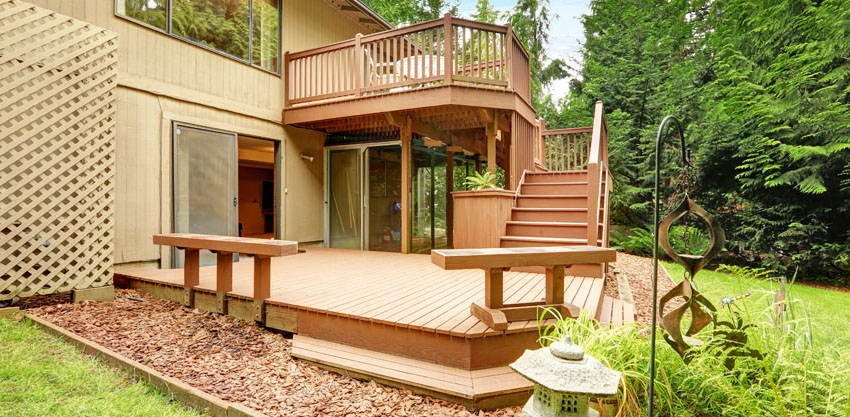
A tremendous and hassle-free fix for your wooden board problem is to consider buying from Trex. Trex specialized in decking supplies and building. They have an array of composite boards spanning up to 20 ft long because they are produced with a hybrid material of recycled plastic and wood. They have a variety of lines with different needs in mind, and they come in three sizes.
For their 12 feet boards, the dimension is .94 in x 5.5 in x 12 ft; this will perfectly cover 12×12 ft. decks from each corner.
For more extensive decks, there is an option between the 16ft with dimensions of .94 x 5.5 in x 12 ft., or the 20ft composite board with a size of .94 in x 5.5 in x 20ft. Trex also has different thicknesses for different board types.
Trex decking boards are available in 5.5 inch and 3.5 inch widths.
What Size Deck Screws?
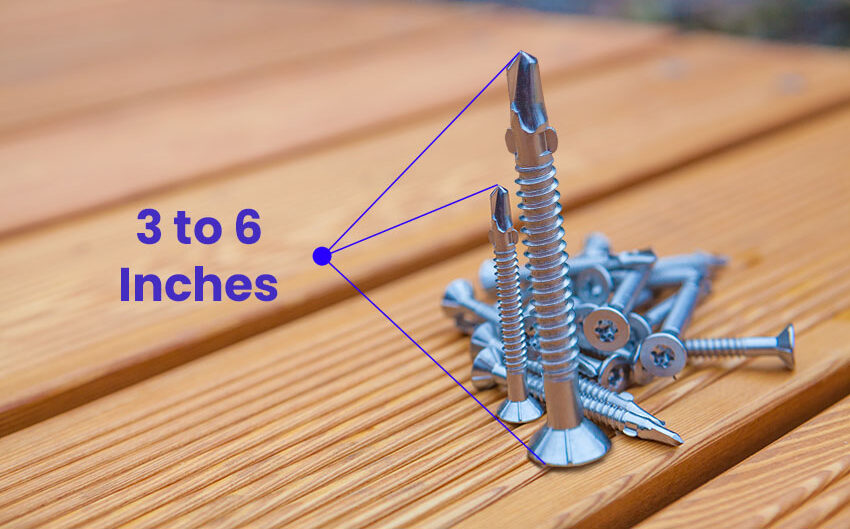
A significant requirement for screws to be used on decking is that they should sink at least an inch or more to ensure that the boards are tightly screwed and last a long time.
It’s important to remember that a one-size screw wouldn’t be secure enough to screw a whole deck; different sizes are needed for different parts of the platform structure.
Standard green or brown coated screws are the cheaper options for outdoor wood boards. Homeowners could use a 3”-to-6”-inch screw, which would secure the boards that are fastened to the joists — this depends on the thickness of your boards.
An 8-gauge diameter is an ideal size because any higher might split your decking boards. To attach the railings to the posts and secure the stairs to the stringers, a 3-inch screw is approved, while a 2 1/2-inch screw is ideal for attaching railing balusters.
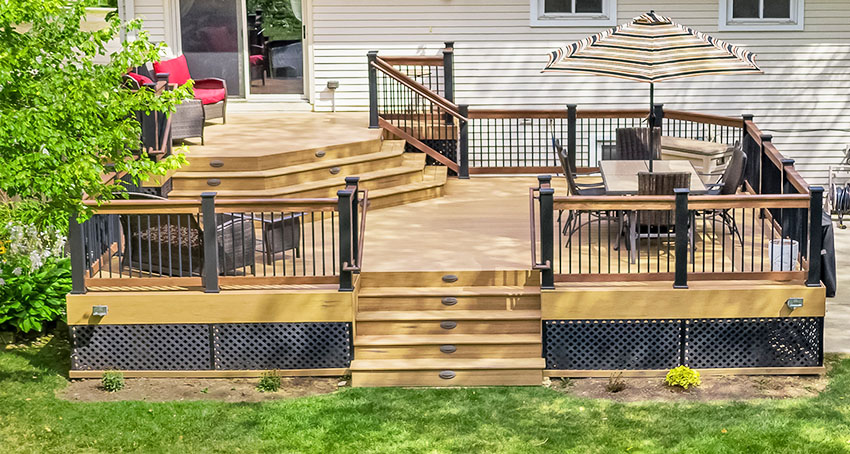
For 1-inch-thick decking fascia and stair risers, the homeowners could use a 1 3/4-inch screw for extra security, but a 1 1/2-inch screw is sufficient.
With all that in mind, research is essential before any DIY project, especially for something as big as building a deck. Remember to read through your local building codes and requirements for minimum conditions on all your building projects.
What did you think about this article, is there anything we missed? If so, let us know in the comments, and for more related content, see our article about backyard deck ideas here.


